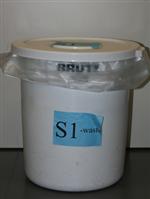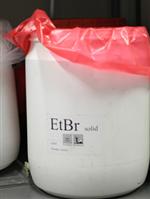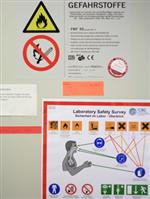Team:BIOTEC Dresden/Safety
From 2010.igem.org

Safety

1. Would any of your project ideas raise safety issues in terms of: researcher safety, public safety, or environmental safety?
SensorBricks mainly consists of parts and plasmid constructions with simple genetic modifications. The E.coli strain-DH5 alpha was the standard laboratory strain without any health risks and potential pathogenicity. There were no intentional or accidental releases of any reagents that will pose biosafety threats to the environment, individuals of the project or the general public.
2. Do any of the new BioBrick parts (or devices) that you made this year raise any safety issues?
None of our biobricks parts code for hazardous molecules. The transformed bacteria and constructed plasmids are limited to laboratory uses only. They are strictly considered as S1 waste and treated by the waste management facility appropriately.

3. Is there a local biosafety group, committee, or review board at your institution?
All the members of the iGEM BIOTEC_Dresden team participated in mandatory safety briefing concerning the good laboratory practices and the disposal of the biological, organic-chemical and EtBr waste by the institutional safety officer prior to the beginning of project at The Max Planck Institute of Molecular Cell Biology and Genetics, Dresden.
As working with natural or recombinant biological materials was inevitable part of our experiments, the Biosafety facility of The Max Planck Institute of Molecular Cell Biology and Genetics, Dresden was closely monitoring all of our research activities and took great care to ensure that all procedures carried out in the lab are in accordance with guidelines of Central Commission for Biological Safety, Germany (Zentrale Kommission für die Biologische Sicherheit).

4. Do you have any other ideas how to deal with safety issues that could be useful for future iGEM competitions? How could parts, devices and systems be made even safer through biosafety engineering?
For the future iGEM projects, we suggest a questionnaire that should be filled out for every submitted part. This questionnaire should indicate the biosafety of the current part as well as its history of formation. The questionnaire would act as a traffic light system that would automatically evaluate the results according to the part’s safety: Red for hazardous, Yellow for potential risk and Green allowing for safe usage. By looking at the colours, it would be easier for the committee to further investigate the part and judge against its use if it is a potential biohazard or bioweapon.
 "
"
